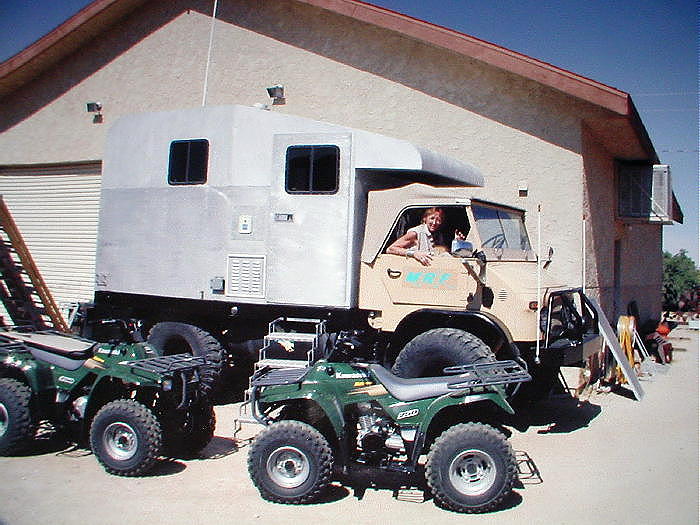by Robert Verish
![]()
by Robert Verish
Field Report - June 2004 Recon Trip - Meteorite-Recovery Effort for the June 3rd Bolide over Snohomish County, Washington
REFERENCES:June 3, 2004 Fireball Project by Jack Tatum.
My involvement with this effort started on the morning of June 3rd 2004 when I forward to my Bolide_Chasers YahooGroup the Ed Majden message to Jeremy Tatum (MIAC) in which Ed announced that he had captured on video the June 3rd NW Washington bolide event with his Sandia All-Sky Camera system. Both Ed and Rob Matson are members of the Bolide_Chasers Group and it wasn't long before we were all communicating with each other. Rob took it upon himself to analyze the trajectory from Ed's video of this fireball. Rob shared his results with me, as well as with the authors of the above "REFERENCE" papers:
Trajectory Analysis of June 3rd Washington State Fireball by Robert D. Matson.
It required an intense effort by Rob Matson to come up with his Trajectory Analysis in such a short time, but by the 7th of June we were convinced that organizing a recovery team to search the predicted fall zone was now prudent. There was no more news coming out of Washington. There were no finds being reported, let alone any reports of structures being pelted by this fall. I expressed my concern to Rob that "the trail was getting cold", and that with each passing day it would get less and less likely that a find would be recovered. I offered to Rob the services of my Meteorite Recovery Foundation. I told Rob that I had two team members ready to travel to Washington, if only he would assume the role of Prinicipal Investigator in this recovery effort.
Rob agreed. And in just over a weeks time of the fall in Snohomish County, we had our fully-equipped recovery team in the field in Washington!
By "fully-equipped" I mean - a fully-stocked Unimog truck with GPS uplink, several communication channels, and a trailer with two ATVs.
Look at the image below to see what I mean:

I was approached by a pair of people from Southern California that wanted to conduct meteorite-recovery in Colorado, but under the auspices of the Meteorite Recovery Foundation (MRF). The woman in particular had always been keen on meteorites, and now that her operation was a success, she wanted to devote her recuperation time to working in the field doing meteorite-recovery. Not only did she offer to volunteer her time, she outfitted herself with the best equipment available at her own expense. During all this outfitting of her Unimog and ATVs, she attracted the attention of her neighbor, who found all of this very interesting. She invited him along and he accepted.
Her plan was to go straight to Montrose (her old stomping grounds), where a bolide had recently made all the news wires. But come the time that she was departing, she called me to tell me she was ready to hit the road. As fate would have it, that day was June 4th, and in passing I told her about the news of a bright/loud bolide in Seattle, Washington.
She changed her plans, and within hours, she and her neighbor were on their way to Snohomish County, Washington!
In hind sight, I now realize that this wasn't just the 1st Recon Trip of a Southern California Meteorite Recovery Team, but that because the data we were using was the result of an international collaboration, this was the first M-R trip of something hierarchically much bigger. At the least, this was a North American recovery effort! Hence:
The North American Meteorite-Recovery Network
Much like The Spanish Meteorite-Recovery Program, that I described in an earlier article, there is a North American team, known as the Sandia Bolide Detection Network (SBDN),
which is part of the North American Fireball Camera Network that uses an All-Sky-Camera network to determine the orbital trajectory of bolides and to track them down.
The North American Meteorite-Recovery Team works within this Network by conducting field surveys of likely fall areas to search for any debris (meteorites) that survived the fall.
There are other networks all over Europe. (This is how the Neuschwanstein fall was recovered.)
These networks are becoming more and more popular, in fact, some of the newest All-Sky-Camera networks are popping up in the continental United States, and already have produced news-worthy results. Some of these results will be the subject of future "Bob's Findings" articles.
In the meanwhile, for those of you interested in reading more about this North American Meteorite-Recovery Network, here are some results of this 1st Recon Trip:

The topic of my next article will continue this subject on the attempts to recover the Snohomish County bolide.
My previous articles can be found *HERE*
For for more information, please contact me by email:
Bolide*chaser
![]()